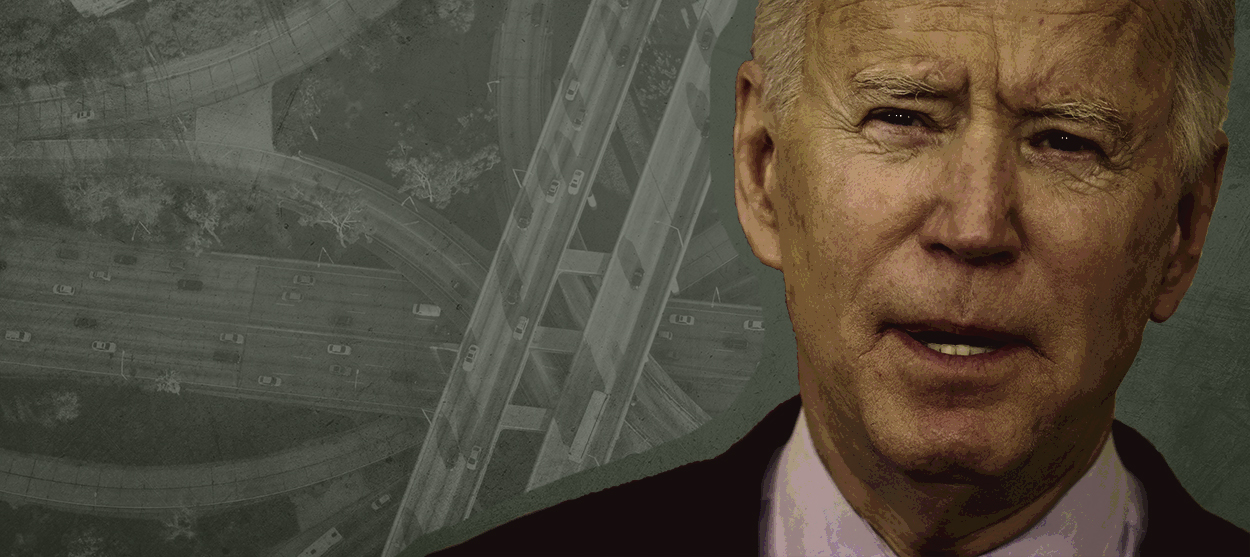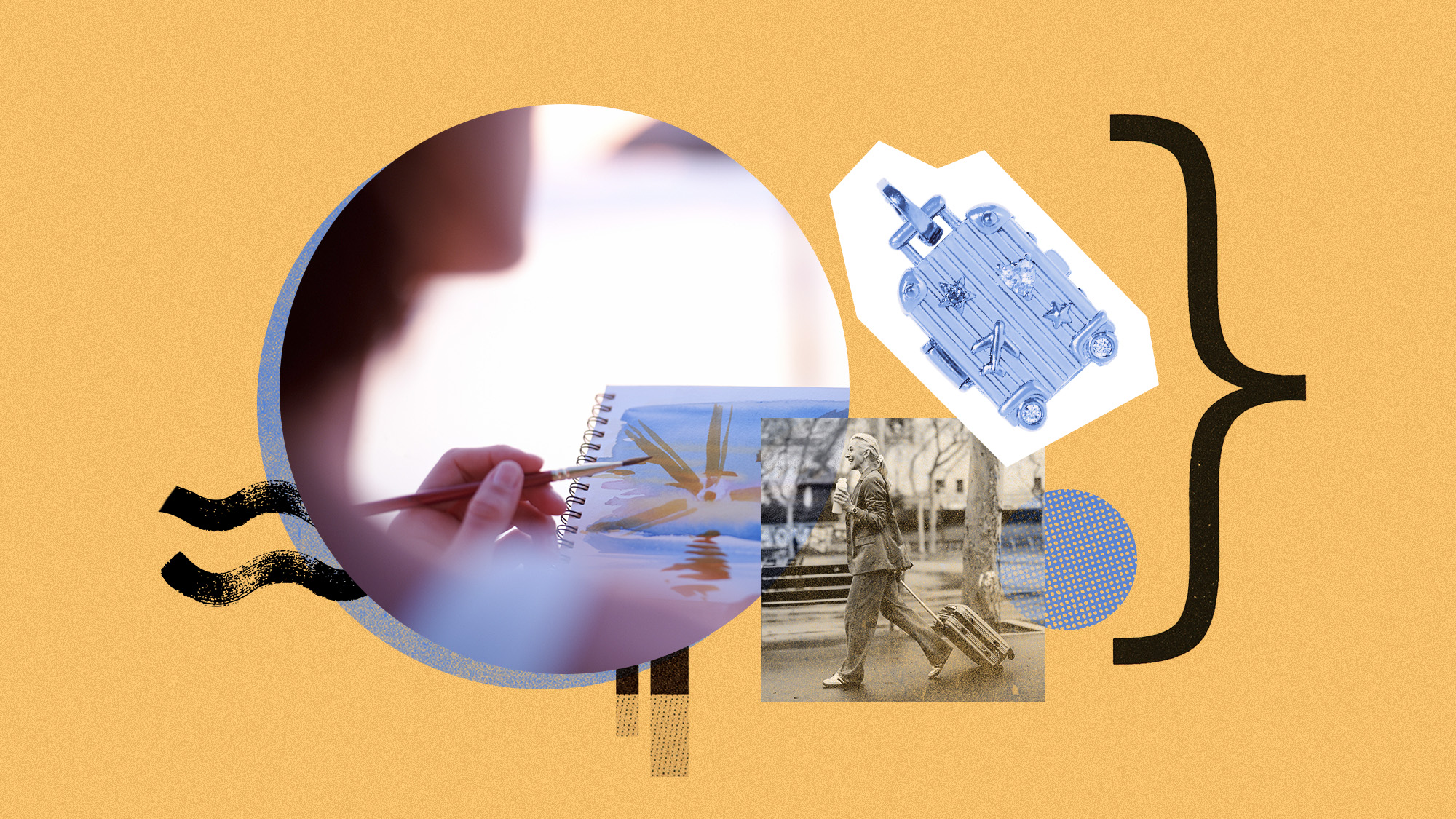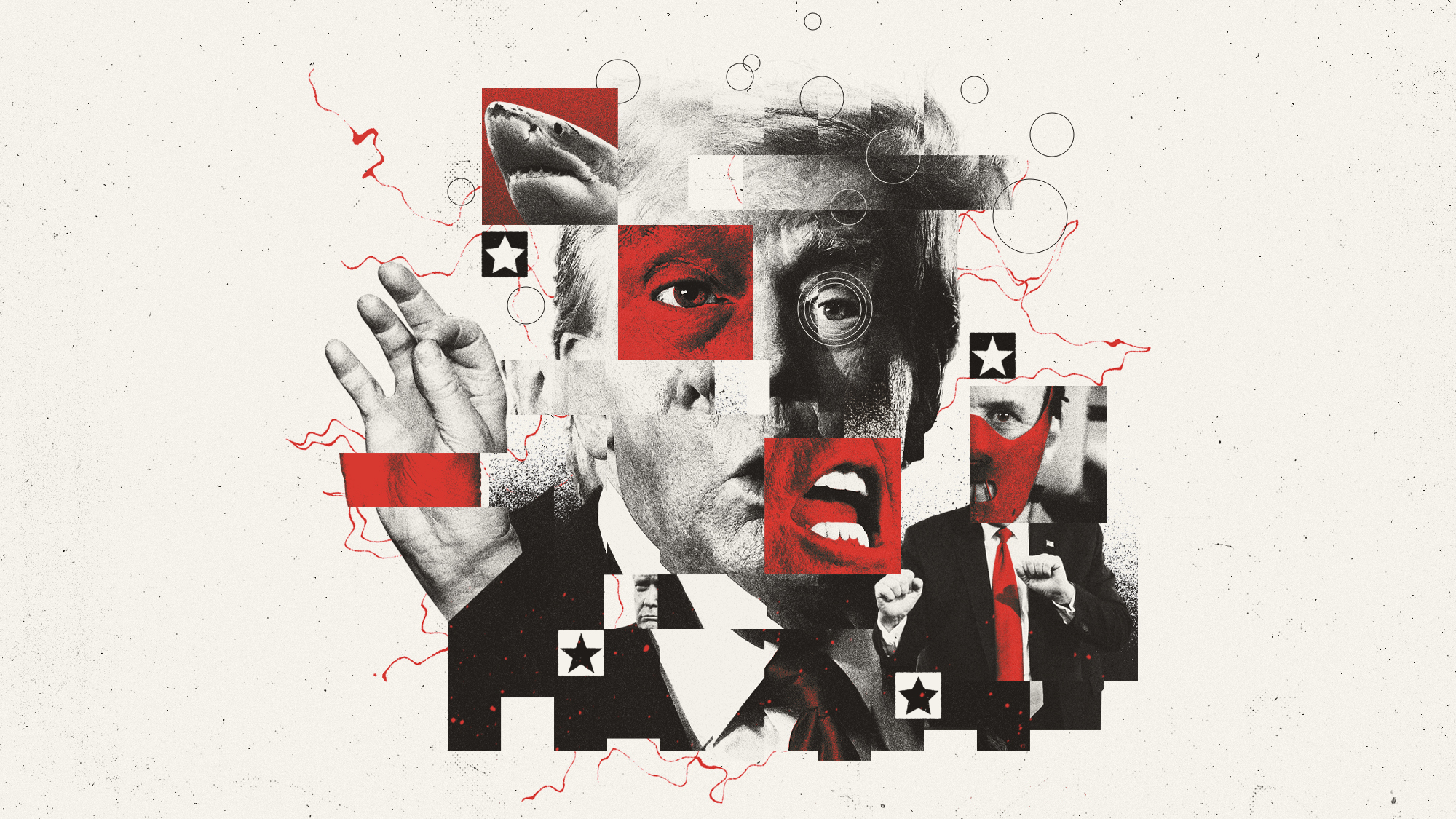Does America really have an infrastructure crisis?
Why Biden's American Jobs Plan is the wrong approach to strengthening the economy


President Biden's monster new spending proposal, the $2.3 trillion American Jobs Plan, promises to "reimagine and rebuild a new economy." That's a tall order, even if you intend to spend a couple trillion dollars trying over the next eight years. The current American economy is a technologically advanced, $21 trillion behemoth. And most of it isn't the government doing stuff but rather the ordinary business of life created by gazillions of daily decisions made by all of us. Politicians, whether in Washington or in statehouses around the nation, should remember that.
So before Biden and congressional Democrats embark on such an ambitious and expensive undertaking — and the proposal is hardly a done deal, politically — it's probably worth asking whether the American economy needs to be reimagined and rebuilt.
The most literal manifestation of that bold aspiration is the infrastructure portion of the plan, a big chunk of which aims to "rebuild" the nation's transportation, water, and electrical systems. But do they need to be rebuilt or otherwise dramatically upgraded? Granted, the American Society of Civil Engineers says they do. In its 2021 report, the group gives U.S. infrastructure a lousy C- grade and warns of a nearly $3 trillion investment shortfall over the next decade.
Subscribe to The Week
Escape your echo chamber. Get the facts behind the news, plus analysis from multiple perspectives.

Sign up for The Week's Free Newsletters
From our morning news briefing to a weekly Good News Newsletter, get the best of The Week delivered directly to your inbox.
From our morning news briefing to a weekly Good News Newsletter, get the best of The Week delivered directly to your inbox.
Then again, why should we let any advocacy or lobbying organization determine national priorities? While the Biden White House is correct in saying that public domestic investment as a share of the economy has fallen by more than 40 percent since the 1960s, that doesn't mean U.S. infrastructure is crumbling. Former Obama administration economist Jason Furman has noted that compared to other rich countries, "The low levels of public investment [in the U.S.] do not appear to translate into worse outcomes, at least in key measurable aspects of transportation infrastructure." Indeed, in a 2019 paper from the Brookings Institution, analyst Matthew Turner contends that the nation's infrastructure is in as good a shape as it has been for decades — or even better. "There are surely potholes, old buses and decrepit rail cars," he writes, "but this situation is not obviously worse than it was 20 years ago. In fact, there are fewer potholes on the interstate."
America doesn't have an infrastructure crisis. Nor does it have a job crisis, even though Biden chose to put that in the name of his plan. If current economic forecasts are anywhere close to being correct, the story of 2021 will be one of rapid economic growth and plunging unemployment. Don't forget that before the pandemic, the unemployment rate was at a 50-year low, and wages were rising fastest for lower-income workers. The economy didn't look in need of reimagining just over a year ago. It just needed a tight labor market. That might well be where we are headed again thanks to both the reopening economy and a tsunami of already approved federal spending. By the way: It's kind of a red flag when politicians talk about infrastructure in terms of jobs created. The goal of an infrastructure program should be to create better infrastructure. Government at all levels should focus on building and maintaining the most compelling projects.
None of this means Washington should do nothing. American infrastructure does need an upgrade. Research firm Moody's Analytics thinks U.S. productivity growth is finally headed higher after a more than decade-long slump, thanks in part to new federal investment (along with more of us working from home and businesses adopting more labor-saving technology). America should also be spending more on science research, which is another part of the Biden plan.
But all these ideas should be vetted for the value they will potentially generate. More spending is not always better. Economist Edward Glaeser notes how Japan spent massively after the bursting of its 1980s bubble economy, spending lavishly on bridges, tunnels, highways, trains, and new airports. But that largess failed to reignite growth. "Japan is less, not more, dynamic after its infrastructure bonanza," he concludes.
The Biden plan should also be paid for in the most efficient way possible. Raising corporate taxes by $2 trillion risks penalizing business investment in America at a time when we need more investment from public and private sources. Now is the time for more creative options such as a carbon tax that would nudge businesses and consumers to favor less carbon-intense forms of energy. After all, this is supposed to be a climate bill, too.
Maybe Biden should reimagine and rebuild a new plan.
A free daily email with the biggest news stories of the day – and the best features from TheWeek.com
James Pethokoukis is the DeWitt Wallace Fellow at the American Enterprise Institute where he runs the AEIdeas blog. He has also written for The New York Times, National Review, Commentary, The Weekly Standard, and other places.
-
 Gavin Newsom mulls California redistricting to counter Texas gerrymandering
Gavin Newsom mulls California redistricting to counter Texas gerrymanderingTALKING POINTS A controversial plan has become a major flashpoint among Democrats struggling for traction in the Trump era
-
 6 perfect gifts for travel lovers
6 perfect gifts for travel loversThe Week Recommends The best trip is the one that lives on and on
-
 How can you get the maximum Social Security retirement benefit?
How can you get the maximum Social Security retirement benefit?the explainer These steps can help boost the Social Security amount you receive
-
 The last words and final moments of 40 presidents
The last words and final moments of 40 presidentsThe Explainer Some are eloquent quotes worthy of the holders of the highest office in the nation, and others... aren't
-
 The JFK files: the truth at last?
The JFK files: the truth at last?In The Spotlight More than 64,000 previously classified documents relating the 1963 assassination of John F. Kennedy have been released by the Trump administration
-
 'Seriously, not literally': how should the world take Donald Trump?
'Seriously, not literally': how should the world take Donald Trump?Today's big question White House rhetoric and reality look likely to become increasingly blurred
-
 Will Trump's 'madman' strategy pay off?
Will Trump's 'madman' strategy pay off?Today's Big Question Incoming US president likes to seem unpredictable but, this time round, world leaders could be wise to his playbook
-
 Democrats vs. Republicans: which party are the billionaires backing?
Democrats vs. Republicans: which party are the billionaires backing?The Explainer Younger tech titans join 'boys' club throwing money and support' behind President Trump, while older plutocrats quietly rebuke new administration
-
 US election: where things stand with one week to go
US election: where things stand with one week to goThe Explainer Harris' lead in the polls has been narrowing in Trump's favour, but her campaign remains 'cautiously optimistic'
-
 Is Trump okay?
Is Trump okay?Today's Big Question Former president's mental fitness and alleged cognitive decline firmly back in the spotlight after 'bizarre' town hall event
-
 The life and times of Kamala Harris
The life and times of Kamala HarrisThe Explainer The vice-president is narrowly leading the race to become the next US president. How did she get to where she is now?
